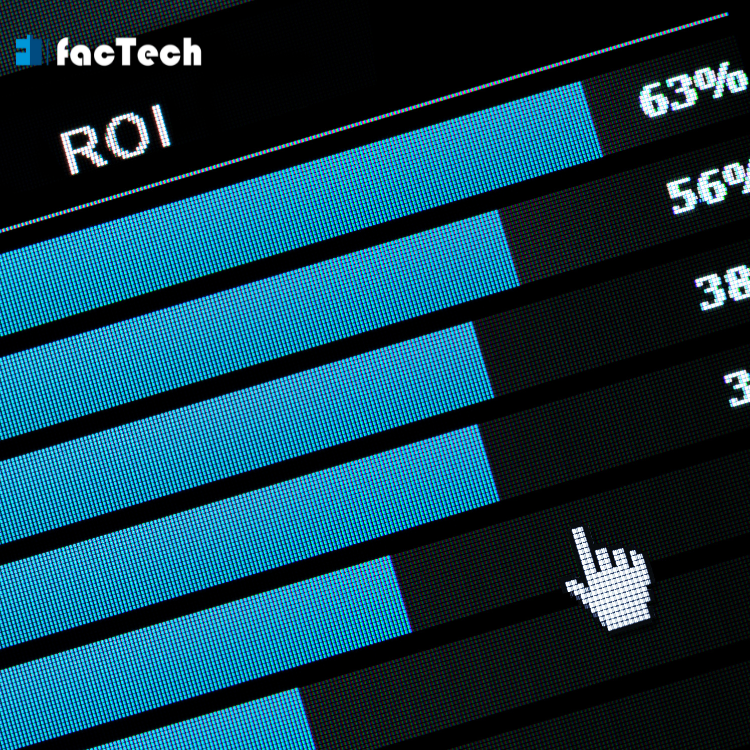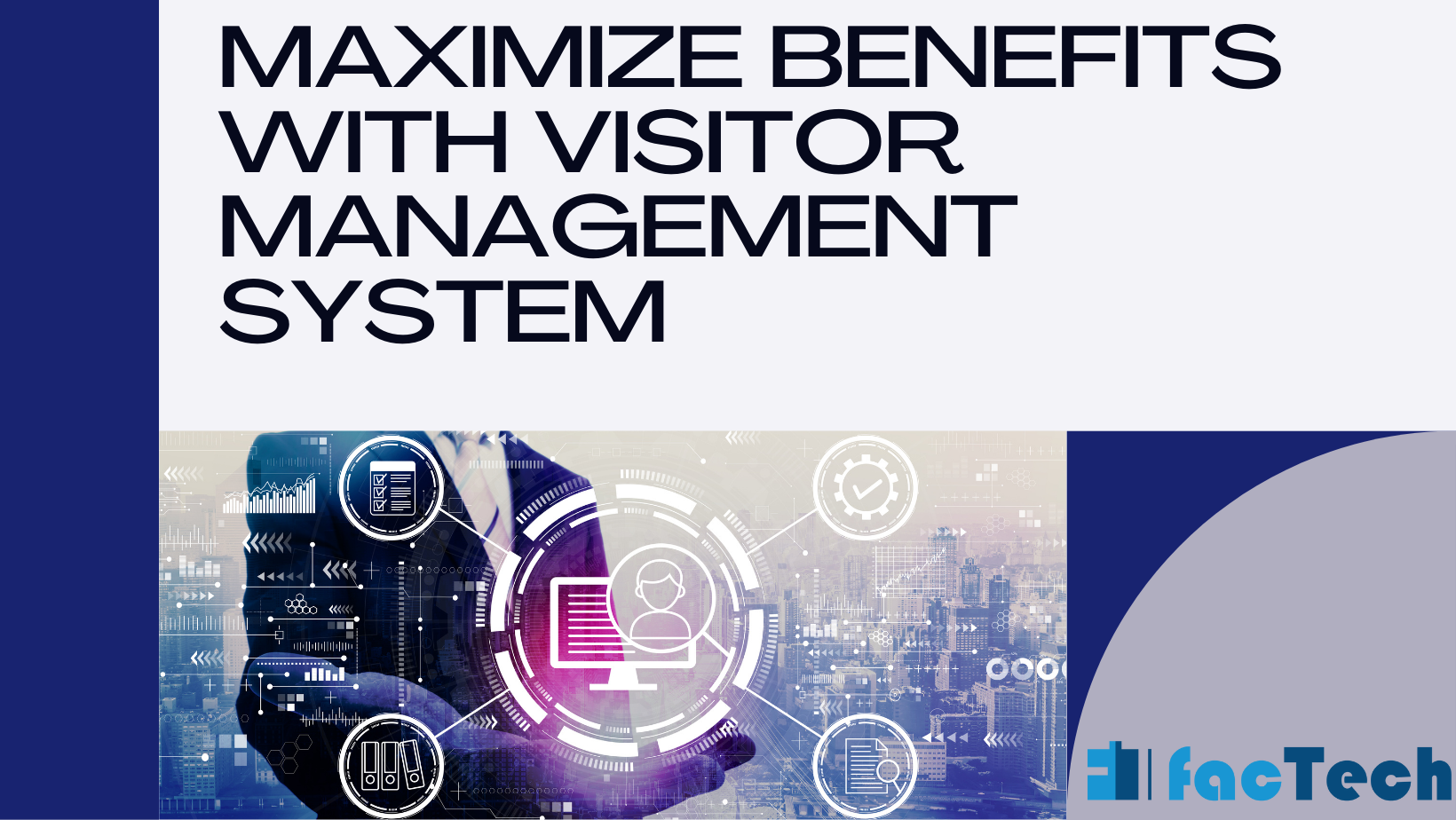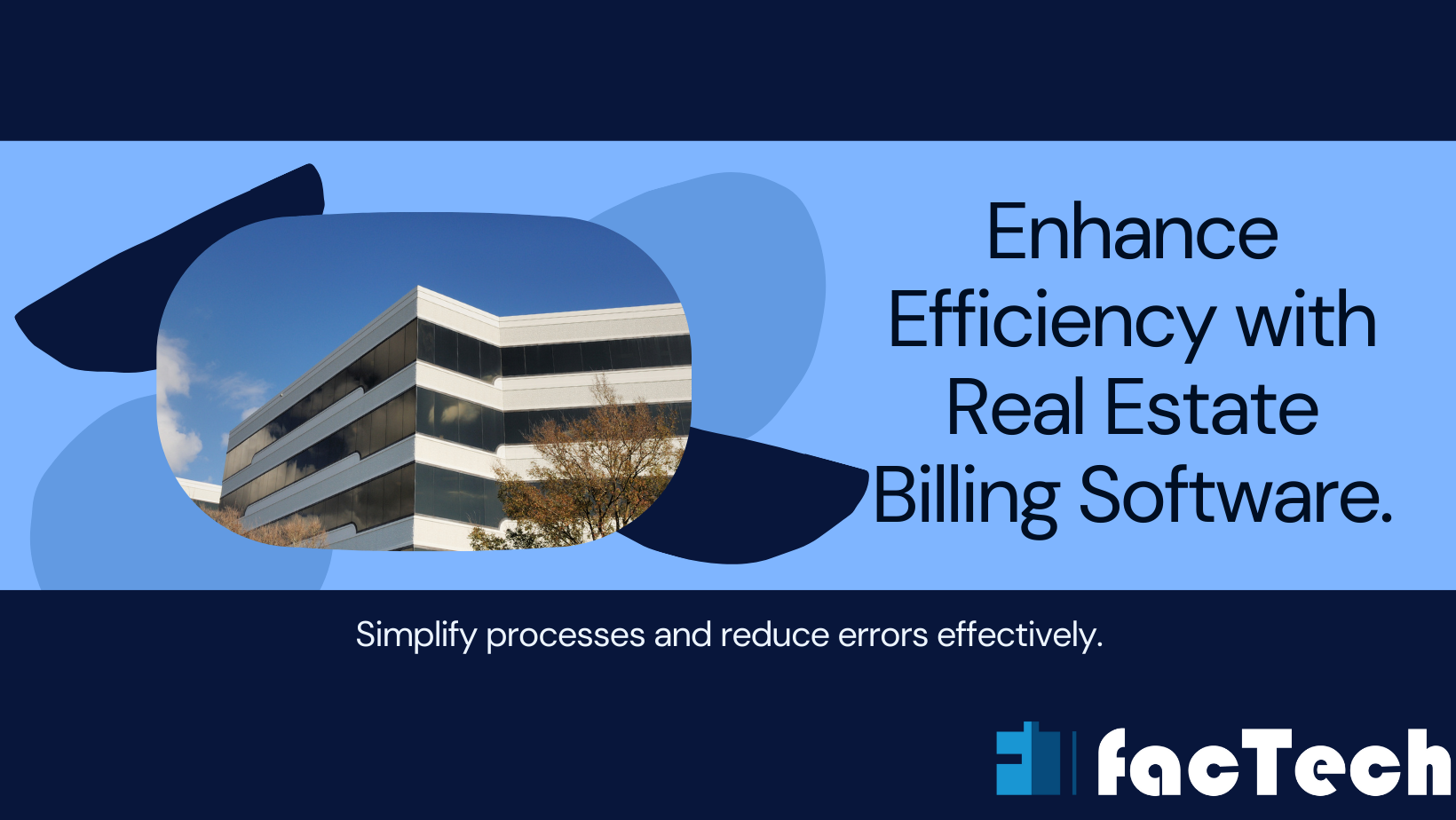ROI for Facility Management: How to Calculate?
Facility management software optimizes resource utilization and building maintenance. But is the software really worth it? As you might know, installing FM software involves substantial capital outlay. You must realize its benefits to make the investment worthwhile. In this blog, we’ll run you through the steps of ROI calculation for your FM software. Let’s get started!
What is ROI for Facility Management Software?

Does the term ROI ring a bell? Yes, you’re right! Return on investment is a financial metric commonly used in the cost-benefit analysis of projects. In a similar vein, ROI for FM software refers to the evaluation of the profitability of this software. It measures the returns generated from using Facility Management Software against the total costs associated with its acquisition, implementation, and ongoing usage. Before we jump into the formula, let’s get a few things straight.
Costs of facility management software involve a gamut of expenses like licenses, hardware installation, employee training and ongoing maintenance. Now let’s talk about the benefits. These are the costs that you essentially cut back through enhanced operational efficiency, regulatory compliance and optimal resource utilization. Once you calculate these two figures, just perform this simple mathematics and you’re good to go.
Return on Investment (ROI for Facility Management Software)= Profits/Total Costs*100
Based on the number that you obtain, assess the financial viability of this digital solution. Hold on, what if we give you the step-by-step procedure for ROI calculation? Scroll down!
How to Calculate ROI for Facility Management Software?
1. Define the Costs and Benefits of FM Software
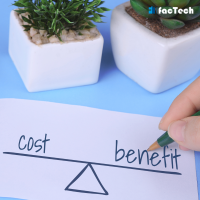
The first step is to understand and define the associated costs and benefits of your facility management software. As aforesaid, these costs include the initial investment (purchasing and installing the software). Clearly add the costs of licencing, hardware purchases and installation, software configuration, and employee training among others.
Now let’s talk about the benefits. What are the ways FM software enhances the day-to-day maintenance of your building? Space utilization optimization, reporting and analytics, preventive maintenance, asset performance monitoring, security etc. are some of its many features. But there’s a ring to it. You’ll have to quantify these benefits. Be be tangible or intangible, you have to convert the benefits into measurable terms. How much did I save on my utility bills due to better energy conservation? Hope you get the hang of it.
Related Read:
Top 5 Benefits of BMS in Facility Management
SaaS for Facility Management: Top 10 Benefits
Asset Inventory Management: Outlining the Benefits
How optimizing Asset operations can save you huge costs?
2. Set the Time Horizon for ROI Calculation
Next, you have to determine the time period for which the ROI calculation is being done. It can be short-term (1-3 years) or long-term (>5 years). However, there’s no steadfast rule here. The crux is you have to choose a time horizon aligning with your facility management software lifecycle. Be mindful of defining the costs and benefits accordingly. A short-term perspective will quantify benefits like quicker issue resolution while the long-term one focuses on sustainable growth.
3. Calculate ROI and Assess the Risk
This is where you actually get all your much-awaited answers. You can substitute the costs and benefits from the previous steps right away in the formula given below-
ROI for Facility Management Software = (Total Benefits – Total Costs) / Total Costs*100
Here’s a caution for our not-so-numbers-friendly facility managers. The number you obtain is in percentage form. Let’s say if the ROI is 10% it means that for every dollar invested, the return is 10 cents. Now here’s the catch. A positive ROI suggests the investment may be worthwhile and vice-versa. However, do account for factors like technological advancements, and market volatility among others to get a full picture.
4. Don’t Skimp on Sensitivity Analysis
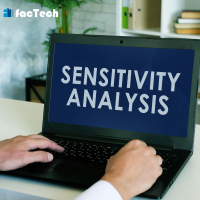
Finally, perform the sensitivity analysis. It involves manipulating the key variables like costs and time horizon to assess the impact on ROI for facility management software. This is a proven method to account for the uncertainties in the market. It prepares you for contingencies and refines your decisions.
Final Words
To wrap up, ROI for facility management software is an essential metric to fine-tune your finances. It helps you assess if the investment in FM software is profitable. We have already discussed the various costs associated with FM software. ROI calculation justifies these expenses and helps optimize budget allocation. The benefits are translated into tangible cost savings (step 1). We can understand ROI as a lighthouse that guides future software upgrades and risk evaluation. Therefore, ROI calculation for FM software is not just another financial exercise but a strategic tool to gain insights into your facility’s cost-efficiency and long-term growth potential.
